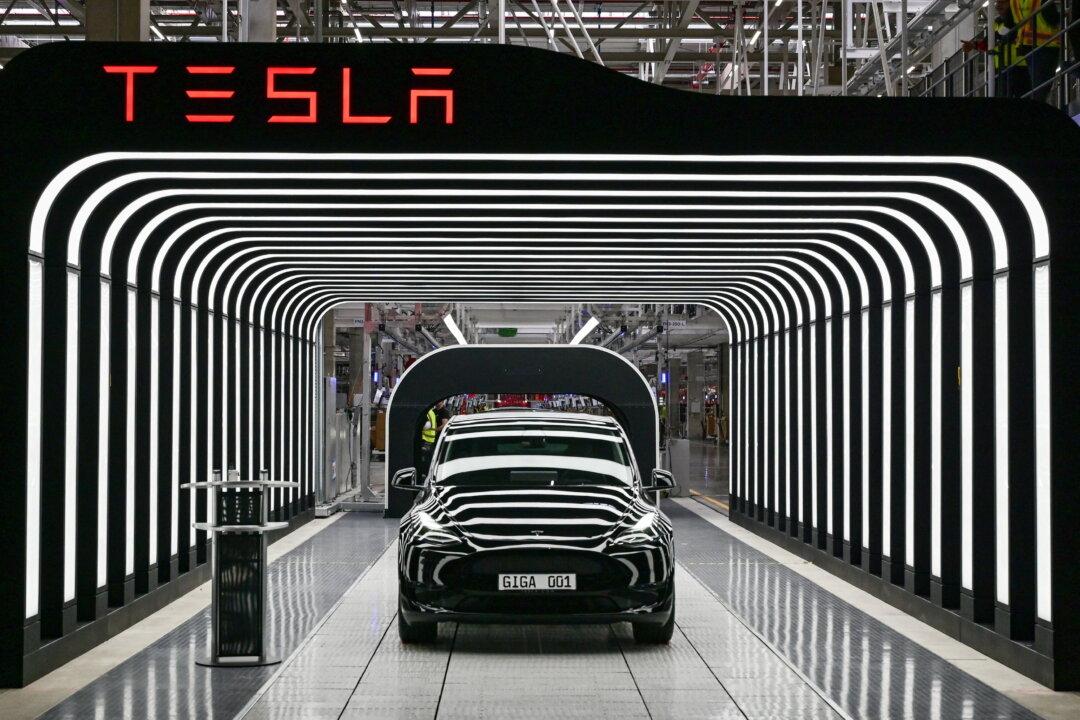Tesla vehicles can be unlocked and operated using a new hacking method that employs Bluetooth Low Energy (BLE), according to a research paper by analysts at NCC Group, a global expert in cybersecurity and risk mitigation.
NCC created a tool for carrying out a new type of BLE relay attack that could be used on any devices that communicate over Bluetooth Low Energy. Researchers tested the attack on a 2020 Tesla Model 3 running software v11.0 (2022.8.2) with an iPhone 13 mini running version 4.6.1-891 of the Tesla app. Using the tool, NCC was able to unlock and operate the vehicle while the iPhone remained outside the BLE range of the car, the May 15 post said.





